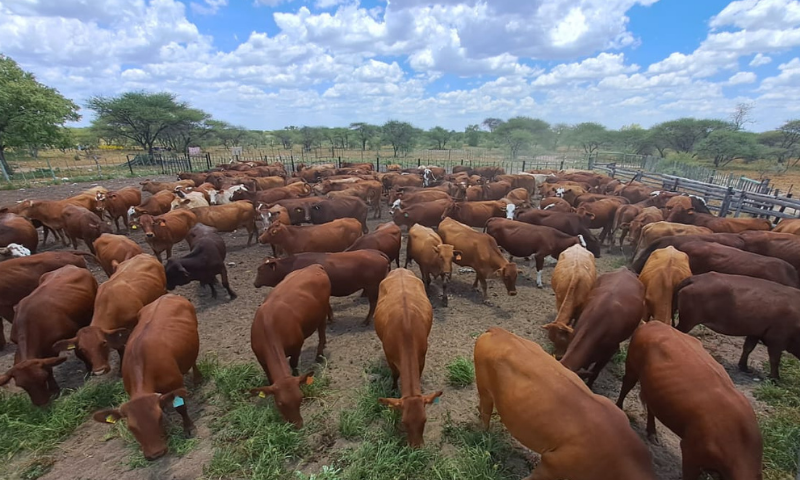Boomitra, a carbon project developer and Earthshot Prize winner, has launched a new biomass carbon removal and storage (BiCRS) initiative in Botswana. This marks the company’s first move beyond soil carbon projects and aims to address the growing issue of woody bush encroachment in southern Africa’s savanna ecosystems.
The Oasis Biomass Carbon Removal and Storage Project employs a method of removing encroaching woody vegetation, compressing it into sealed bales, and burying it underground in oxygen-free conditions to prevent decomposition. The process is intended to achieve long-term carbon storage, with the goal of sequestering carbon for more than 100 years.
“This is a natural evolution for Boomitra,” said Aadith Moorthy, Boomitra’s Founder and CEO. “We’ve built a strong track record managing complex soil carbon projects in over 10 countries. Now we’re applying that operational expertise to a new, high-integrity removal pathway—one that can solve a real problem for ranchers and landowners across Southern Africa. This is just the beginning.”
Bush encroachment—where woody plant species overtake grasslands—has been a longstanding issue across Botswana. It reduces biodiversity, diminishes livestock productivity, and increases wildfire risk. The cost of managing encroachment has remained prohibitive for many landowners, with burning or chemical treatments often the only available options, both of which carry environmental risks.
Boomitra’s BiCRS project proposes a different approach. By collecting and storing the encroaching biomass underground, the project aims to prevent carbon emissions that would result from decomposition or burning. Over its first 10-year phase, the project plans to restore 10,000 hectares and sequester more than 200,000 tonnes of CO₂. The company states the initiative could potentially scale to cover more than 1 million hectares in the region.
The project has passed a Preliminary Assessment with Puro.Earth, a standard for durable carbon removal, and includes measures such as traceable biomass accounting and greenhouse gas flux monitoring to detect possible re-emissions.
Boomitra works with local partners to remove the biomass, process it into dense bales, and bury them at secure sites. The low-tech method requires limited infrastructure, allowing for deployment in remote regions across the Global South, including Boomitra’s existing project areas such as Argentina and Mexico.
The project is being carried out in collaboration with Brahmans Botswana, a livestock and rangeland management firm, and Namibia Resource Consultants, which specialises in bush control and sustainable land use.
“Our bush densities have now reached the point where it can no longer be ignored, and the bush-to-grass balance needs to be restored,” said Sheldon Barnes of Brahmans Botswana. “Partnering with Boomitra allows us to turn a regional challenge into a long-term opportunity for the land and the communities that depend on it.”
The initiative complements Boomitra’s existing soil carbon work, which spans eight major projects in 10 countries, covering over 5 million acres and involving more than 100,000 farmers and ranchers.
“We’ve always believed that carbon removal should solve problems for people and ecosystems, not just remove carbon,” said Moorthy. “That’s what makes this project so powerful. It restores degraded lands, supports rural livelihoods, and permanently removes carbon from the atmosphere.”





















